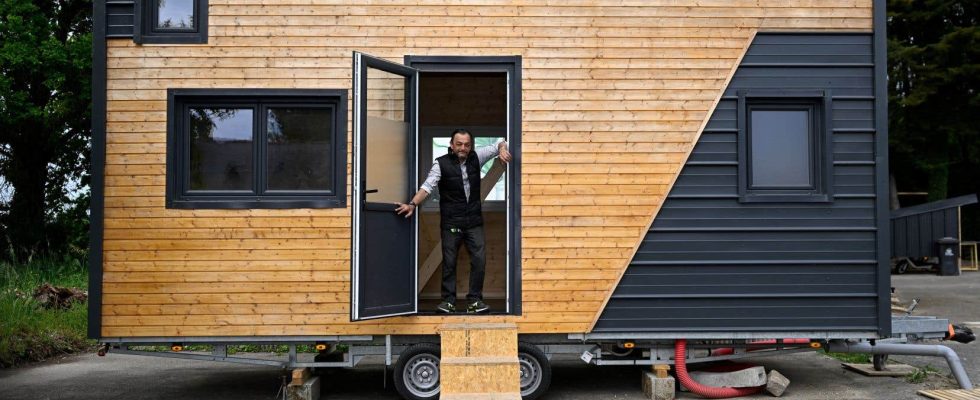“We have to think about living in smaller houses,” says Lucie K. Morisset, holder of the Canada Research Chair in Urban Heritage and professor in the Department of Urban and Tourism Studies at the School of Management Sciences. from UQAM. “Tiny houses could be, in certain cases, a great idea. »
What are these tiny houses? They should not be confused with fun, often fashionable homes, spaces for often well-off people who play second-hand Robinsons. These charming little residences are becoming more and more popular for tourism or vacationing in the broad sense. That’s not exactly what we’re talking about here.
Tiny houses are considered solutions to homelessness, but above all as means of combating inflation and the inaccessibility of housing which are affecting increasingly large portions of the population. Projects of this type can be found, in various forms, in Australia, New Zealand, Canada, the United States, but also in Europe.
In France, it is workers who often occupy them. They are roughly the size of a very large shed to which an outdoor storage space is added. It is possible to move them. They are installed on public land or vacant spaces. In some cases, they are used by employees who have difficulty finding housing for a short period of time.
In Canada, in Edmonton, Alberta, the Bridge Healing Program offers another type of mini-home. These are small villages intended to counter social distress. There are still other types, notably in the United States. All these homes are dedicated to being as functional as possible. At a time of a severe housing crisis in the West, they make it possible to consider housing differently, while preserving one’s privacy.
The development of these tiny homes is hampered by regulatory and political challenges, as well as sometimes negative community perceptions. In France, neighbors argued that this presence caused the value of their property to drop.
Despite these obstacles, the tiny house market is growing strongly almost everywhere. Its potential applications appear numerous, particularly for citizens whose financial means are limited and whose life is combined with the idea of the studio or the bedroom. Obviously, this does not meet the needs of families. Many people now live alone. There is a Quebec Minihouse Movement which aims to promote this type of housing.
François Saillant has long been the leading figure of the Popular Action Front for Urban Redevelopment (FRAPRU). According to him, tiny houses “could be completely correct” in a well-rethought urban planning project. ” I have nothing against ! » Reduced living spaces could be suitable for several people, he thinks, as long as “it is not just a form of temporary accommodation”.
“The right to housing, as the UN talks about it, is not just about having a roof over your head,” explains François Saillant. This involves questions related to the safety of people, with the respect due to them, with considerations that take into account their means and their vulnerability. “If all this is respected, why not? »
“The idea of tiny houses could be a great idea” to develop, also believes Lucie K. Morisset. An opportunity, she thinks, to reclassify certain unoccupied land, or even to rethink the use of certain alleys. “Cities have a lot of vacant land that could be used for this purpose. » For the moment, it is mainly spaces on the outskirts of the urban core which are occupied, almost everywhere, by tiny house projects.
